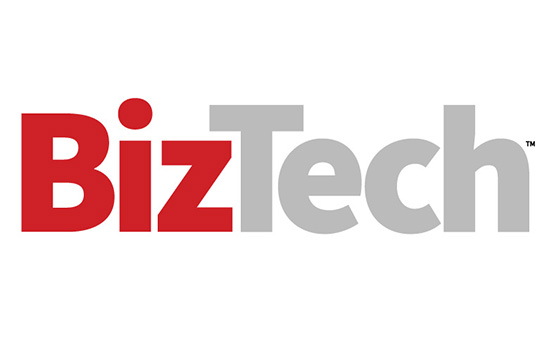Password Protection and End-to-End Encryption
For Roopam Jain, vice president of the information and communication technologies practice at Frost & Sullivan, SMBs should be concerned about unauthorized access and the privacy of data shared in meetings.
“Today's meeting platforms have come a long way in offering advanced features that assure users and IT managers that their meetings are fully secure and compliant,” she explains.
Features including end-to-end encryption, waiting rooms to control who joins the meeting, password protected meetings and two-factor authentication all add an extra layer of security. “These capabilities ensure that collaboration platforms provide a secure environment for meetings, protect sensitive business information and maintain privacy,” Jain says.
DISCOVER: The three collaboration challenges that managed services can solve.
Implementing the Right Security Features
Heidi Shey, a principal analyst at Forrester, says while popular tools including Microsoft Teams, Webex and Zoom are “secure for general-purpose use,” the level of required security depends heavily on how the platform is being used.
“Businesses are using them for internal collaboration, so you have a lot of employee communications that could contain sensitive information,” Shey says.
This could range from strategic plans to routine coordination, and the sensitivity of that information shapes the organization’s risk profile. “A lot of it comes down to what that use case is and what information is being conveyed and stored within these platforms,” she adds.
From her perspective, ensuring the correct configuration of features including MFA or encryption of data at rest is critical. “That’s the other side of the responsibility of making the best use of what you are purchasing,” Shey says.















